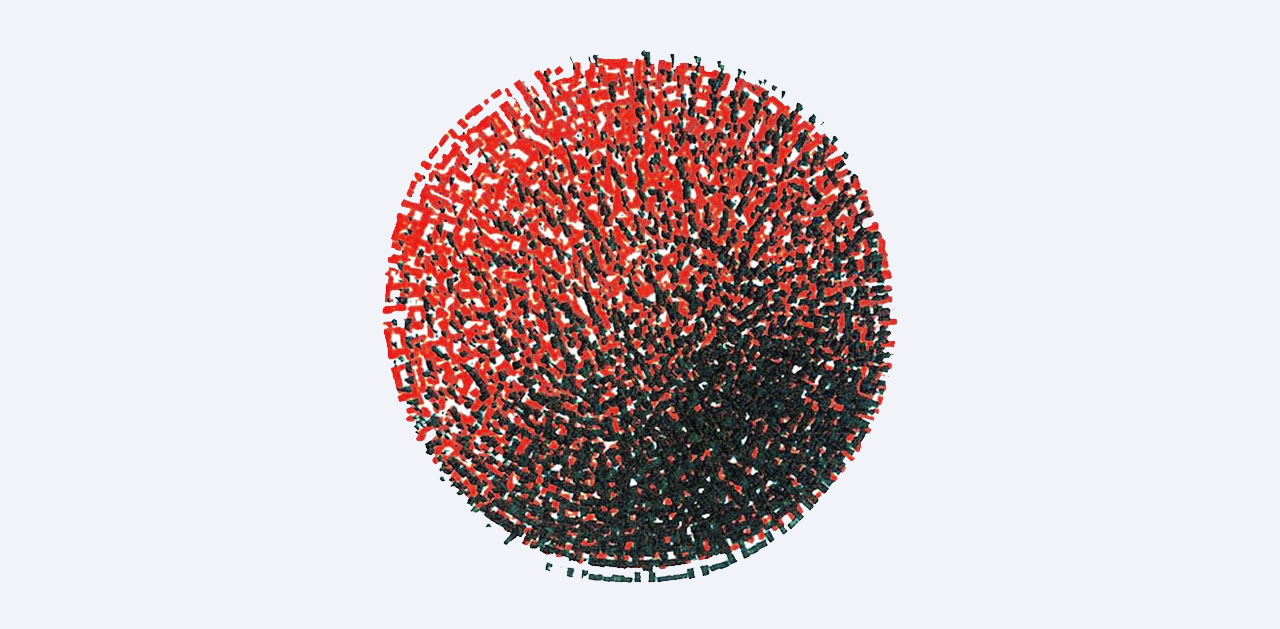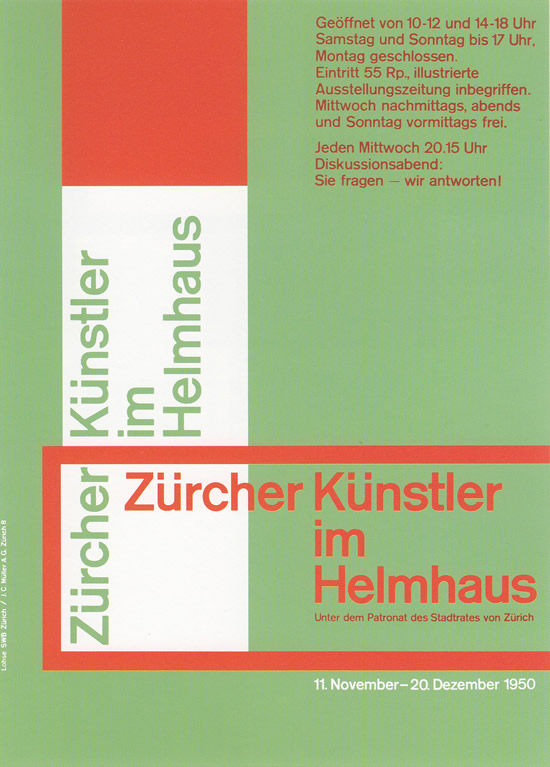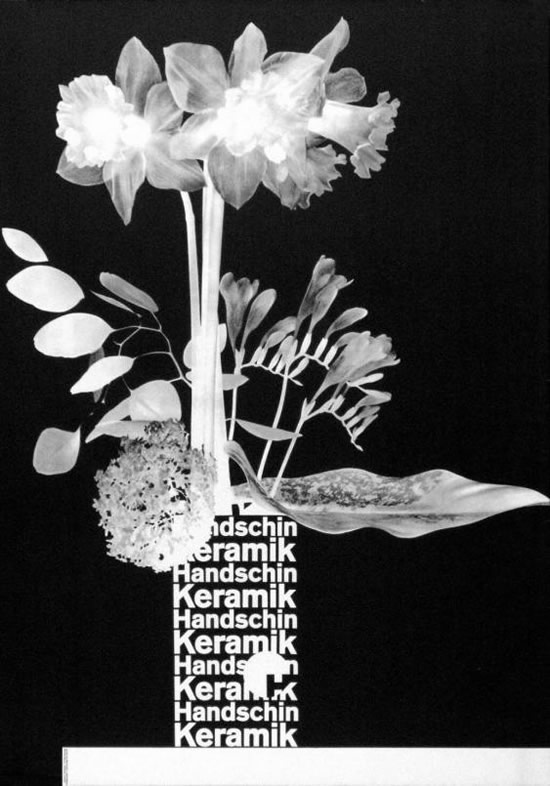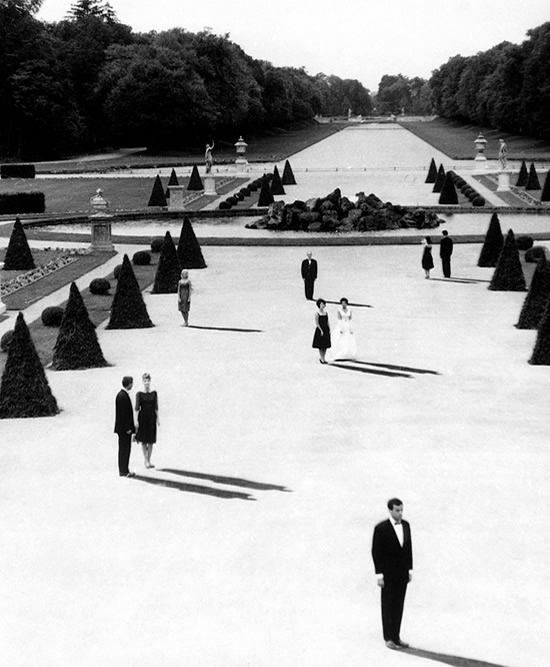Site includes articles, bibliography and collection of designer's work.
Go to the microsite
As Weingart's design innovations from the early 1970s (including step-rules, size and weight contrasts, letterspaced type, and line rules moving through the space to link elements together) were widely emulated during the late 1970s. Weingart moved on to create collage-like compositions by layering film positives of images and type. This innovative technique enabled Weingart to juxtapose and overlay complex visual information. During this period, Weingart delighted in contrasts. Type, images, moire and halftone patterns, torn collage elements, and linear patterns are densely layered and stacked into rich, tonal graphic expressions.













